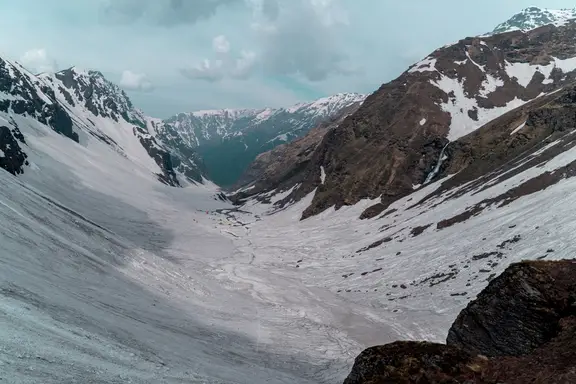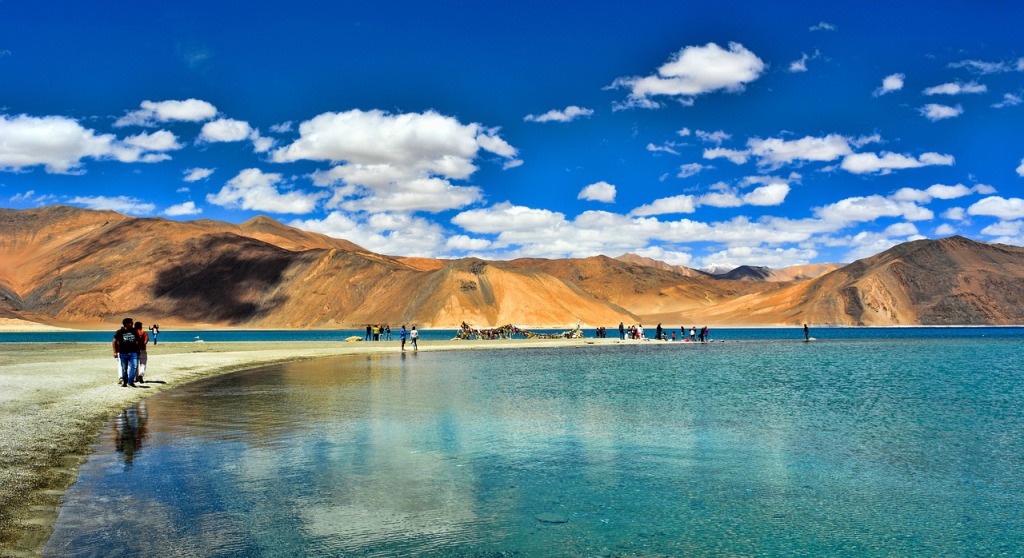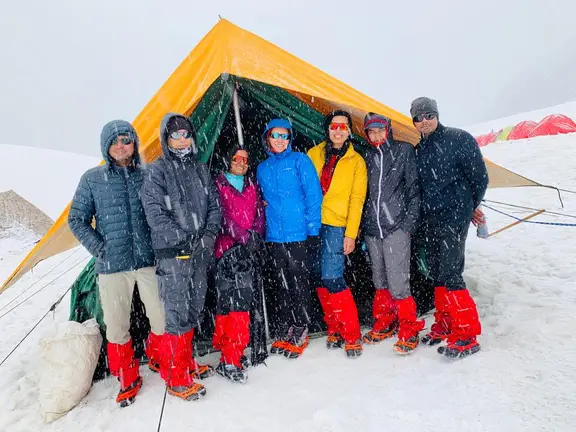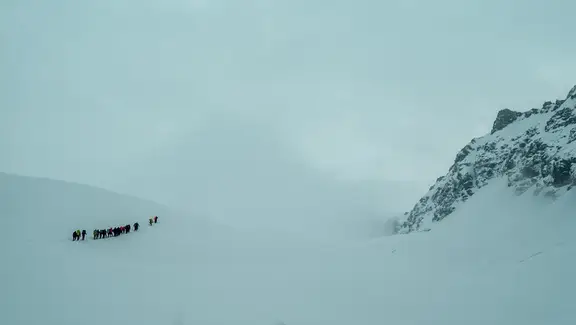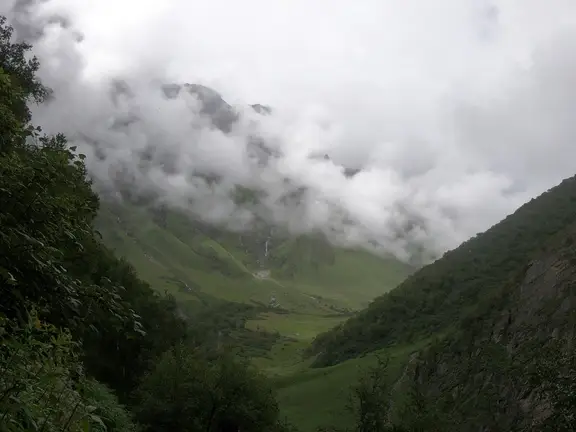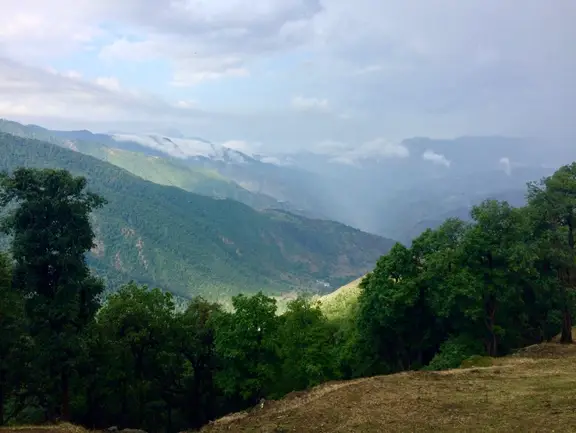Mountain Terminology
Often the trekkers and mountaineers lack the basic knowledge about mountain terminology. Before venturing out for trekking it is supremely important for the trekkers to keep themselves in the loop on with the terms associated with the mountain trek to ensure a smooth course of events.
Some of the rocky mountain terminologies are decently complex but this article will help you to decipher their meanings and use. These mountain terms are every trekker’s necessity as preparations and precautions are to be taken accordingly. The capacity to manoeuvre and comprehend the route they are following in the hiking is why knowing these mountain features glossary is so crucial.
I hope the mountain geography terms described below aid you not only in becoming such a savvy mountaineer who understands the appropriate verbiage, but also in thoroughly comprehending God's finest spectacular masterpieces, the mountains
Before one decides to ascend a mountain, he should be acquainted with both the terms ascend and mountain. The terms might seem a bit complex but the inclusion of the below-mentioned nomenclatures in the vocabulary of trekkers is significantly important.
Explained below are some of the basic Mountain Terminology
ALTITUDE
It refers to height. The word is further distinguished as 'true altitude'- which is the height above sea level and 'absolute altitude'- which refers to the height above ground level.
In case of mountains, altitude mostly refers to true altitude i.e. the height above the sea level.
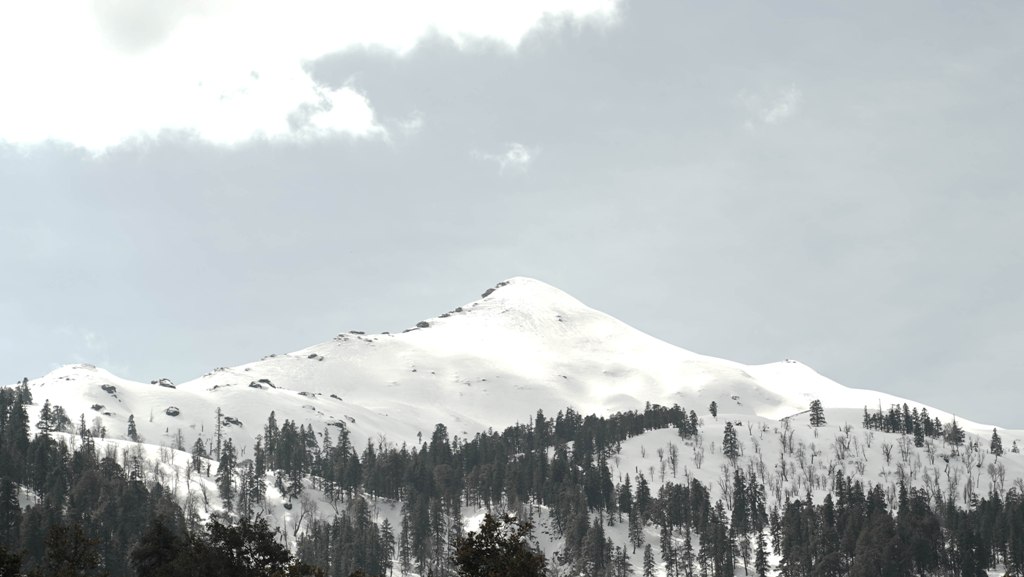
PEAK
It is a subjective word, and is defined with the help of a reference point. Mostly it refers to the point that’s higher than all other nearby or adjacent points.
SUMMIT
The word Summit is derived from the Latin world “summus”, meaning “highest”. Therefore, it clearly states that Summit is the highest point of the mountain.
MOUNTAIN PASS
The routes through a mountain range or a ridge that makes navigation possible and the path less challenging is called mountain pass. Gap, notch, saddle are other words equivalent to pass.
MASSIF
As the word suggests, it points out the 'mass' of mountains i.e. mountain range or a plateau. It is suggestive of unevenly distributed but a bunch of mountains or peaks found together.
RIDGE
A long, narrow, elevated topographical feature consisting of a series of mountains or hills in a chain formation, with both of their sides sloping away is called Ridge. It is one of the most basic and popular terms in mountain terminology.
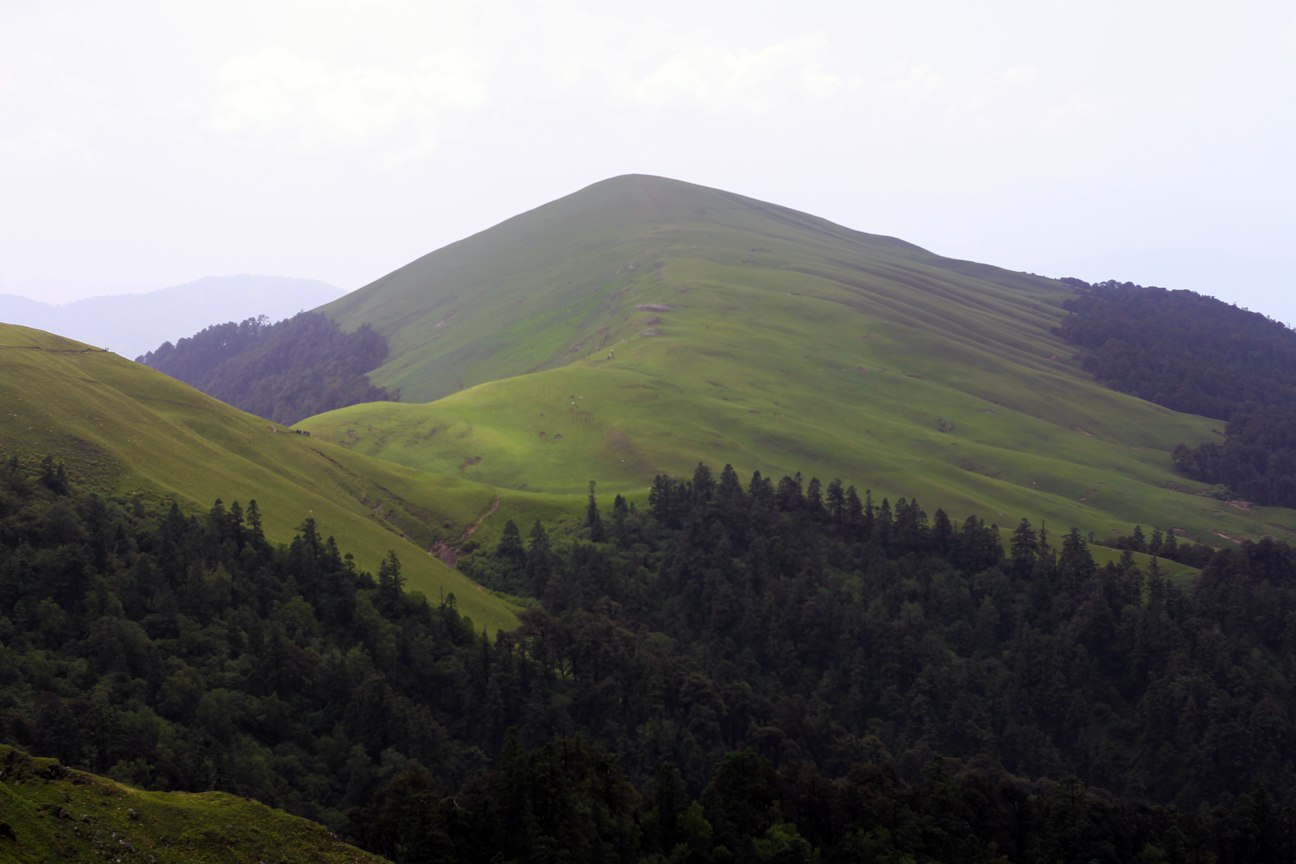
MEADOWS
An open field predominated by the vegetation of grass and other non-woody plants is called a meadow. They are mostly of importance due to the vegetation they support and the role they play in ecological balance.
RIVER BED
The channel at the bottom of the stream or river is called the stream bed or river bed.
VALLEY
The low-lying land between the mountains or hills often characterized by a river running through it, the feature is called a valley.
SCREE
The abundant small loose rocks found usually below the major cliffs are called Scree. It can be very challenging for the mountaineers to climb or descent through scree.
BOULDER
A rock, big in size, shifted by some natural force like river or glacier from one place to another may be termed as a boulder.
GLACIERS
The sheets of ice spread over a large area throughout the year is known as a glacier. Year-round rate of excess snowfall at the high altitudes when exceeds the rate of melting, it results in the formation of glaciers.
VERGLASS
It is the thin sheet or layer of ice that forms over hard surfaces such as rocks. Trekkers come across this feature during winter treks but are often unable to identify or rather name it.
CREVASSE
A crack in a glacier is called crevasse. These are often concealed by fresh snow which results as a hazard for the trekkers and mountaineers who are often unable to navigate through them all.
MORAINE
A deposition of the mass of rocks, boulders, scree, sand, and other rocky substances brought down along by a melting glacier is known as moraine. Moraines often act as a hurdle in the path of trekkers.
HOMESTAY
The private house in the mountain region available as accommodation for the comfort of mountaineers and trekkers is called a homestay.

CAMPSITE
The patch of land that is considered ideal for camping is called a campsite. This land should be out of the fall line of avalanches and should be a safe site.
BASE CAMP
The camp set at the bottom of the mountain in the most initial stage of mountain climbing is referred to as base camp. It rather acts as a warehouse or a site where all the major resources, equipment and other odds and ends required are stored.
CAIRN
A stack of stones artificially created by humans for various purposes is known as cairns. Cairns are also made using wood. Different people of different countries make and use cairns for their various religious, landmark and other purposes.
SPUR
A mountain or a hill that projects in a lateral direction from another hill is known as the spur.
RE-ENTRANT
Two parallel chains of mountains form a terrain with a lower ground between them. That lower ground is known as the re-entrant. The re-entrant also rises with the surrounding ground that disappears up the slope
SADDLE/COL
The navigable region between two hills surrounding the highest points of the lowest point on the line connecting the peaks is called a saddle; whereas, the lowest point or gap on a chain of the mountain between two peaks is known as col.
SNOWLINE/TREELINE
A snowline can be of 2 different types, the temporary as well as the permanent one. The natural climatic line present between a snowy and a normal surface is a temporary or a seasonal snowline.
On the other hand, the surface above which the snow lies all year long is the permanent snowline. On a mountain, there is always a habitat present at higher latitudes beyond which the trees can not survive. The edge of that very habitat is called a treeline of that mountain.
ASCEND/DESCEND
Ascend indicates the upward movement of an object while descend indicates the movement of the body downward.
ACCLIMATIZATION
The human body has a tendency to slowly, steadily and eventually adapt to the change in altitude, level of oxygen, climatic conditions and this phenomenon is called acclimatization. This often takes place while trekking at a height above 9000 feet.
HANGING VALLEY
A shallow canyon formed over a large canyon forming a U-shape is known as the hanging canyon. Hanging Valleys are always formed only at the hills situated at the higher altitudes. Hanging Valleys are usually formed when two different glaciers interact with each other.
COULOIR
In a mountainous terrain, lies a narrow gully having steep gradients. That is a couloir. This might be found in the form of a fissure, a vertical crevasse or as a scar in an otherwise solid mountain.
AIGUILLE
The term might sound complex but to define in simpler terms it is a mountain peak, pointed sharply, especially one of several on a larger massif is called aiguille.
TARN
A tarn may be termed as the lake of the mountain formed in an amphitheatre-like valley formed by glacier erosion.
ARETE
Arête is referred to as a sharp rugged and jagged mountain ridge formed from glaciation.
GENDARME
A gendarme is a mountain ridge's rock summit. They're common in mountainous locations. Due to the lesser erosion of glaciers in this region, gendarmes frequently occur at the junction of two peaks.
HEADWALL
Above milder slopes (typically scree slopes) and culminating at the ridgeline is a steep hill or precipice. Usually produced by glaciers and found in the mountains directly on top of a valley, thus the term "head" wall.



